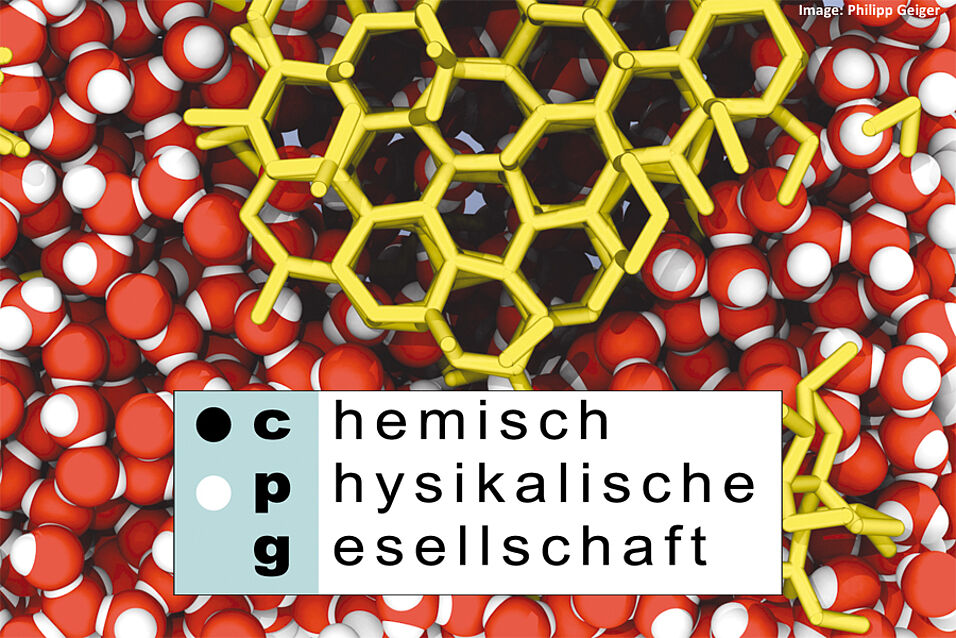Vortrag im Rahmen der Chemisch Physikalischen Gesellschaft
To enable transistor scaling, the introduction of novel materials and innovative geometries is paramount. However, experiments alone are unable to achieve the necessary breakthroughs fast enough or within a reasonable budget. Therefore, process and device technology computer aided design (TCAD) tools are essential for developing advanced technology nodes.
Improvements in performance, power efficiency, and area density (PPA) from one node to the next involves significant architectural and material innovations through TCAD-supported design-technology co-optimization. Process simulation encompasses a wide range of approaches, with complexities spanning multiple time and size scales. It requires the integration of multiple frameworks and data structures while applying models which can be highly physics-based or simplified geometric representations. We apply several critical methodologies in our ViennaPS tool, including different surface and volume descriptions, merging physical and geometric (compact) models, and integrating atomistic molecular dynamics (MD) to process TCAD.
Finally, the microelectronics industry has branched out towards increasing the functionality of an integrated circuit (IC) by integrating sensors on top of the CMOS platform, an approach aptly named More-than-Moore. With the rise of 2D materials, there is a high likelihood that these will find applications in More-than-Moore devices through back-end-of-line (BEOL) integration before they are able to fully replace silicon. We investigate the applicability of 2D materials for chemiresistive gas sensing, which traditionally has limited selectivity. Instead of introducing selectivity by using sensor arrays and computationally expensive post-processing, we are investigating how selective doping can be applied for targeted gas sensing.
Furthermore, we are exploring how time- and frequency-dependent responses of 2D devices can be exploited to improve their selectivity.

